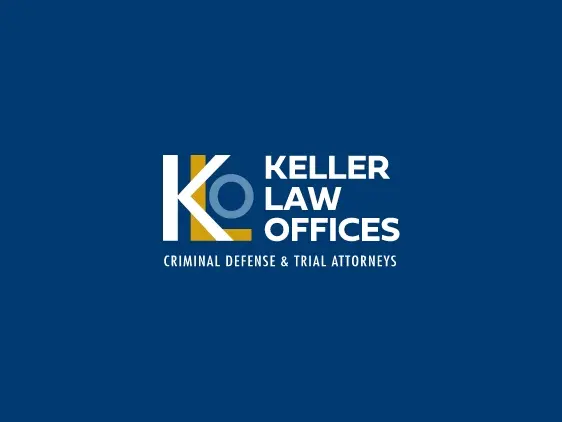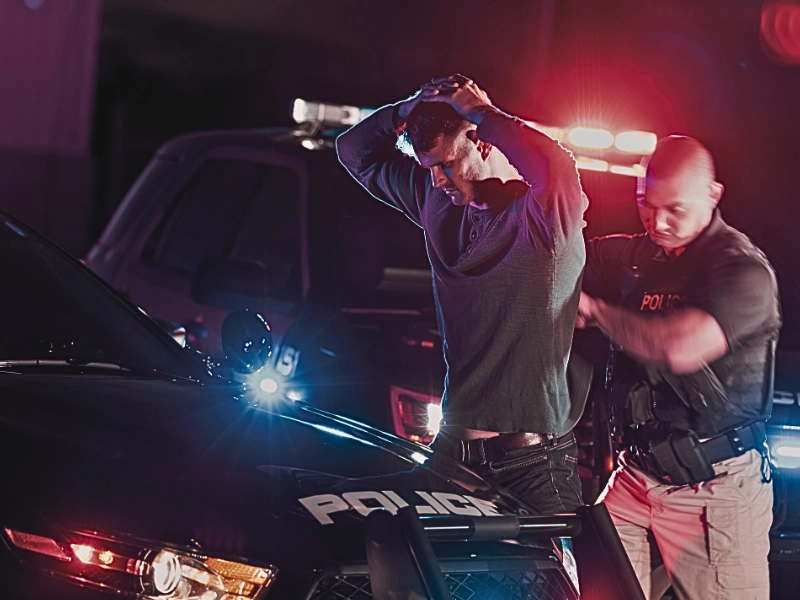The recent attack at a gay night club in Orlando and a spate of racially motivated attacks throughout the United States reinvigorated a national discussion about hate crimes and the protection of certain classes of citizens. While Minnesota does not have a specific “hate crime law,” it does allow prosecutors to pursue harsher penalties for certain crimes, if the crimes are motivated by certain conditions.
Table of Contents
Protected Classes
In Minnesota, punishment for a crime may be escalated, if the victim was targeted because of:
- Race
- Religion
- Gender
- Sexual orientation, including transgender individuals
It is up to the prosecution to prove the motivation for the crime, while a St. Paul criminal defense attorney questions any element of bias.
Penalty Enhancement
By adding a claim of bias to another charge, the prosecutor seeks to enhance the penalty for the original crime. Minnesota law allows the prosecutor to elevate the crime by one level if bias is proven. There are four levels of crime acknowledged by the courts.
- Petty misdemeanor—A minor crime that typically carries only a $300 fine and no jail time.
- Misdemeanor—A more serious offense, this category of crime may include a $1000 fine and/or 90 days in jail.
- Gross misdemeanor—At this level, offenders face a year in jail and up to $3000 in fines.
- Felony—The most serious category of crime, a felony can include multiple years in prison and large fines. Felonies can prohibit access to firearms and deny voting rights in some states.
When bias is shown in a felony case, the prosecutor may ask for and receive an increased sentence. Fighting the escalation of the crime with a St. Paul criminal defense attorney is essential, because of the rapid increase in penalties from one tier of crime to the next.
Identified Crimes
In state law, three types of crime are subject to immediate bias assessment, though a victim may report bias as a motivator in any police statement. Officers must classify the crime as a hate crime, if the victim makes such a request, even if the officer disagrees with the assessment.
Criminal Damage To Property
Property damage crimes are a broad category of offenses that include any action that causes permanent or temporary damage to private property. Common examples a St. Paul criminal defense attorney handles include:
- Graffiti on a person’s home or business
- Broken windows
- Ransacking a store
- Keying a car
- Interference with public communication or public utilities
The destruction of another person’s property is a misdemeanor under most circumstances, though the crime may be punished more harshly if the value of the destroyed property is more than $250. The court determines the value of the property based on the total cost of repair/replacement of the object, though sentimental value can be considered in some circumstances.
Harassment
Harassment and stalking legislation are meant to keep people from feeling threatened or intimidated in their everyday lives. The growing importance of social media and online activity greatly increased the scope of harassment laws, and opened up new avenues for prosecution. Prosecutors may pursue charges for instances of harassment, such as:
- Stalking someone, either in person or online
- Continuously calling a person’s phone
- Ordering false deliveries
- Installation of malware or spyware on a computer
- Making threats, in person or online
Minnesota and other states have taken a much closer look at harassment cases, especially as online threats become manifest in real life situations.
Assault
Assault charges involve any attempt or action that causes physical harm to another person. In Minnesota, there are five categories, or degrees of assault, all of which take into account the extent of the injuries and the type of weapon used.
- Fifth—No weapon used, no serious bodily injury
- Fourth—A special classification used to protect police and medical personnel. No weapon, no serious injury
- Third—An attack that caused substantial injuries, an assault against a minor with whom the accused has a history of abuse, or assault on someone under the age of four
- Second—If the accused used a potentially dangerous weapon, the prosecutor can make the charge of second degree assault, even if there was no serious injury.
- First—Any assault that results in “great bodily harm”, a condition that causes permanent disfigurement, risk of death or damages internal organs.
Escalation of any assault charge is a grave matter for a St. Paul criminal defense attorney. Fifth degree assault is a misdemeanor, which means escalation already raises the crime to a gross misdemeanor. All other assault charges are felonies.
The escalation of a crime based on the idea of bias is often a subjective decision which can be fought by a St. Paul criminal defense attorney. If the victim or the prosecutor mentions an intention to pursue the case with bias as a motivator, the accused must act immediately to protect his or her rights.






